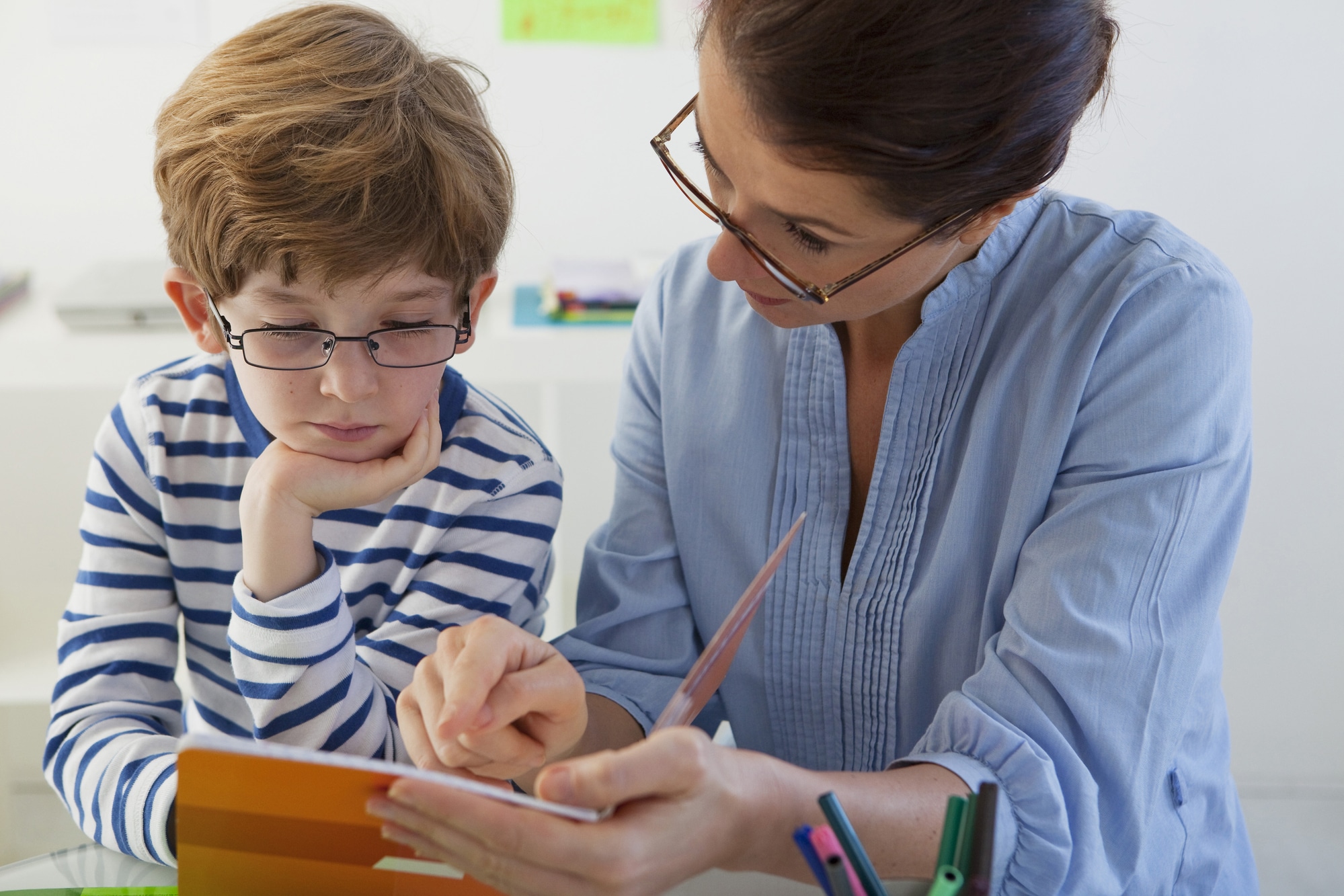With a lot of kids at home from school now-a-days, more parents are seeing that their children may have reading problems that were unforeseen before schools being closed down from lockdowns. When we think of reading problems we often think of Dyslexia. There is much more to Dyslexia than reading issues such as flipping letters or swapping like numbers and letters such as the number “9” and the letter “q.” It can often times involve: Processing and understanding what they hear, difficulty finding words,
Inability to sound out an unfamiliar word, difficulty spelling, or even just avoiding all school-based tasks in general.
Dyslexia, and other learning disabilities are neurodevelopmental disorders. Most of the time there is no genetic problem, such as a genetic issue that gives rise to learning problems like Prader-Willi Syndrome. And that means there is potential for big, permanent changes that can be made to increase the function of the involved neuronal networks that are under-performing.
Think of the brain like a big complex orchestra with many areas (different instrument sections) and a left and a right side of the room that need to all play at the same pace and volume to sound great (good brain function). There are several areas of the brain involved in dyslexia and other learning disorders. The cerebellum – which coordinates motor and thought function. The inferior parietal lobe – which keeps our lefts and rights straight, helps us with math, writing and shape and letter recognition. And the frontal lobes – which helps us learn and do things in sequence and working memory.
There are a several different “schools of thought” on how to treat Dyslexia and the various different therapies will usually only address ONE area of the brain. This can lead to the child not getting better or could bring on further frustration and self-esteem problems.
At HML we focus on examining the child and addressing the area(s) involved by running customized sensory/motor exercises to get those areas of the orchestra to play faster and louder. This is done by using specific software on the computer that tracks eye movements, and checking other fine and gross motor skills, and vestibular function to objectively measure where the dysfunction is. This is then followed up with devising a custom treatment plan to improve the neurological function of the involved areas, which in turn will improve the child’s ability to read, comprehend what they are reading, and get the most out of school.
That is what Functional Neurology and Functional Medicine is all about, making a mold for the patient, not making the patient fit the mold. Everyone is different, and their treatment plans should be too.

